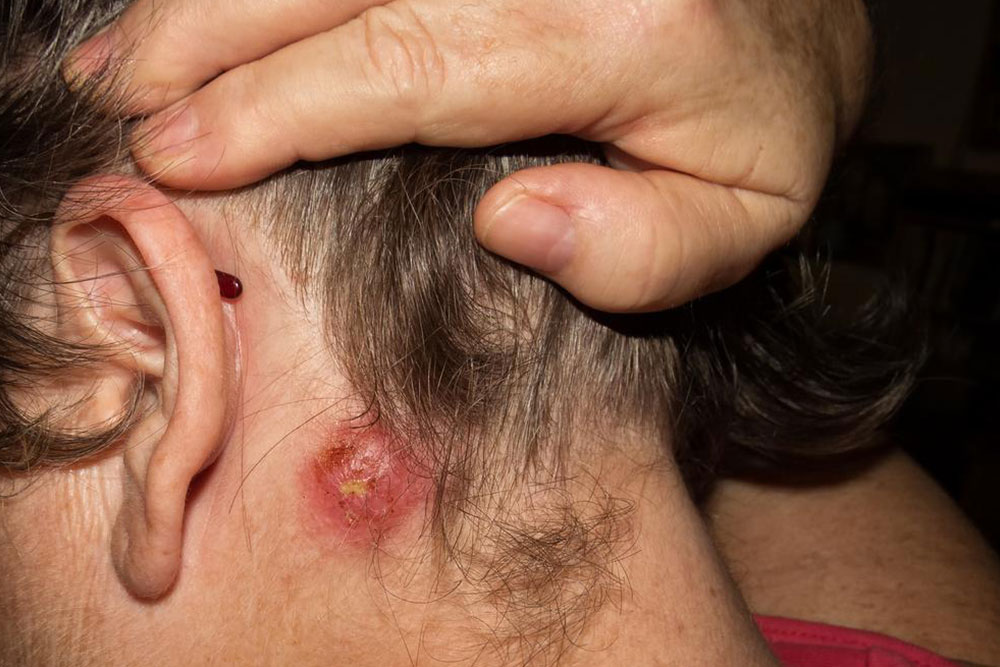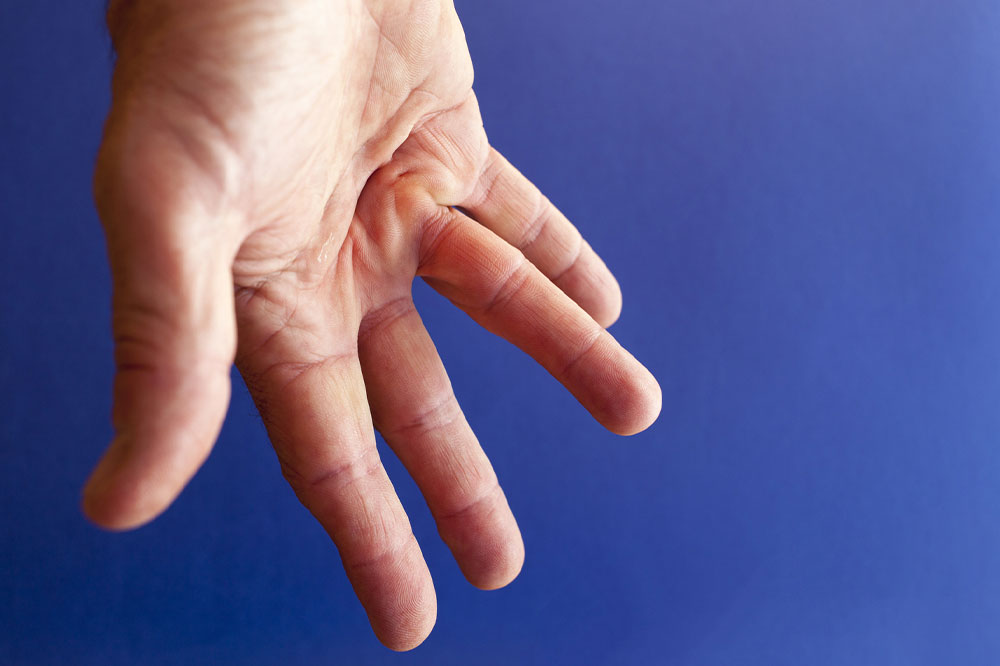Understanding Mastocytosis: Types and Symptoms to Recognize
Mastocytosis is a rare disorder involving excess mast cells that cause a variety of symptoms, from skin lesions to severe allergic reactions. Recognizing its different types—cutaneous, systemic, and smoldering—helps in timely diagnosis and management. Symptoms vary widely and require medical evaluation for proper treatment. Early detection is crucial for reducing health risks associated with this condition.

Mastocytosis is a rare condition characterized by an abnormal accumulation of mast cells in various tissues, including the skin, bone marrow, and digestive organs. These cells are vital for immune defense, but their overgrowth leads to diverse symptoms depending on the type of mastocytosis. The main forms include cutaneous, systemic, and smoldering mastocytosis, each presenting unique signs. Common symptoms range from skin lesions to severe allergic reactions and organ-related issues. Recognizing these signs early can help in proper diagnosis and management.
Cutaneous Mastocytosis Symptoms
Skin patches that change color (macules)
Small, firm bump formations (papules)
Red, raised nodules
Blisters, especially in children
These lesions typically appear on the trunk and limbs and are reddish-brown. Avoid rubbing the affected skin to prevent worsening symptoms like swelling or redness.Systemic Mastocytosis Symptoms
Symptoms often escalate during physical stress or exertion and depend on where abnormal mast cells collect. For example, in the stomach, they can cause ulcers and pain. Typical signs include:
Red patches with small bumps (maculopapular rash)
Dark, itchy bumps called urticaria pigmentosa
Flushing face and persistent inner itch
Headaches, rapid heartbeat, and bone pain
Such symptoms may occur suddenly and resolve, often called a mastocytosis attack. Consult a healthcare provider for assessment.There are three main systemic types: indolent (mild symptoms, most common), aggressive (severe organ involvement), and associated blood diseases (like leukemia).
Smoldering Systemic Mastocytosis
This form involves significant symptoms such as organ dysfunction. Common signs include congestion, fatigue, digestive issues, lightheadedness, osteoporosis, and enlarged organs. Mental health issues like concentration problems may also occur, possibly due to mast cell buildup in the brain or stress related to the disease.
Severe Symptoms
Sudden drops in blood pressure causing dizziness and fainting
Severe allergic reactions like anaphylaxis, requiring immediate treatment due to excessive histamine release from overactive mast cells
Disclaimer:
The information provided regarding symptoms, conditions, and treatment options is for educational purposes only. It is not medical advice. Consult licensed healthcare professionals for diagnosis and treatment.










